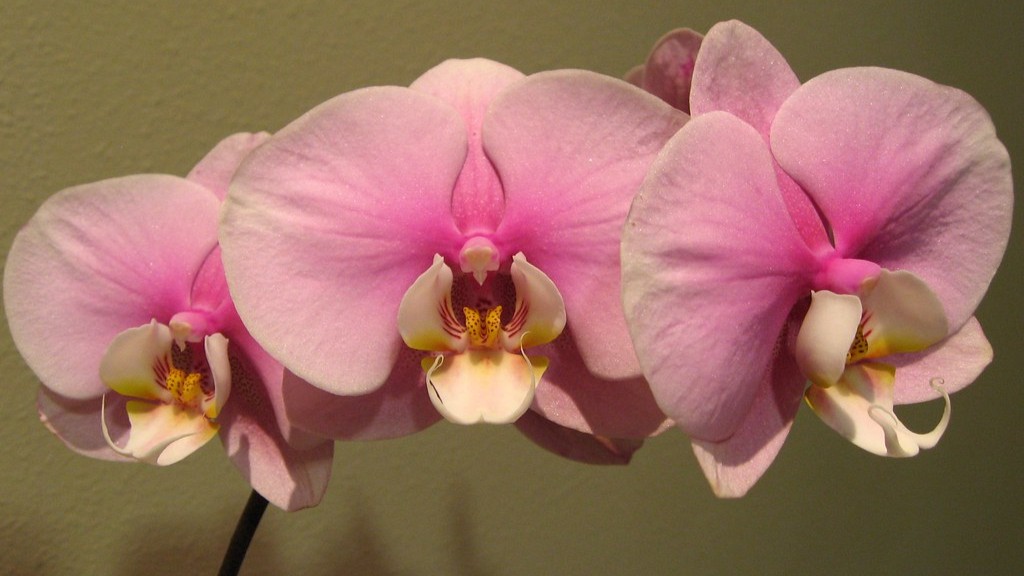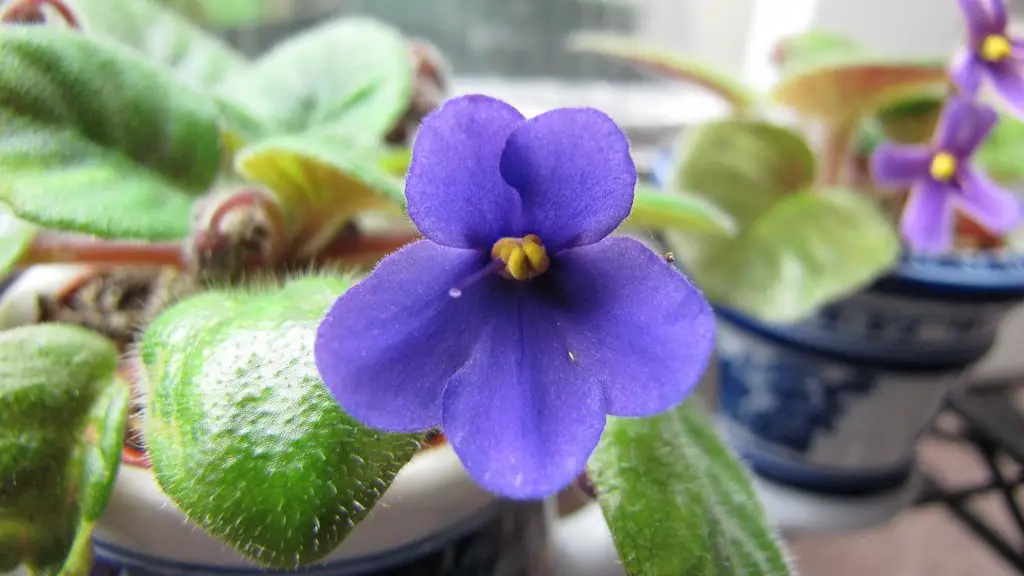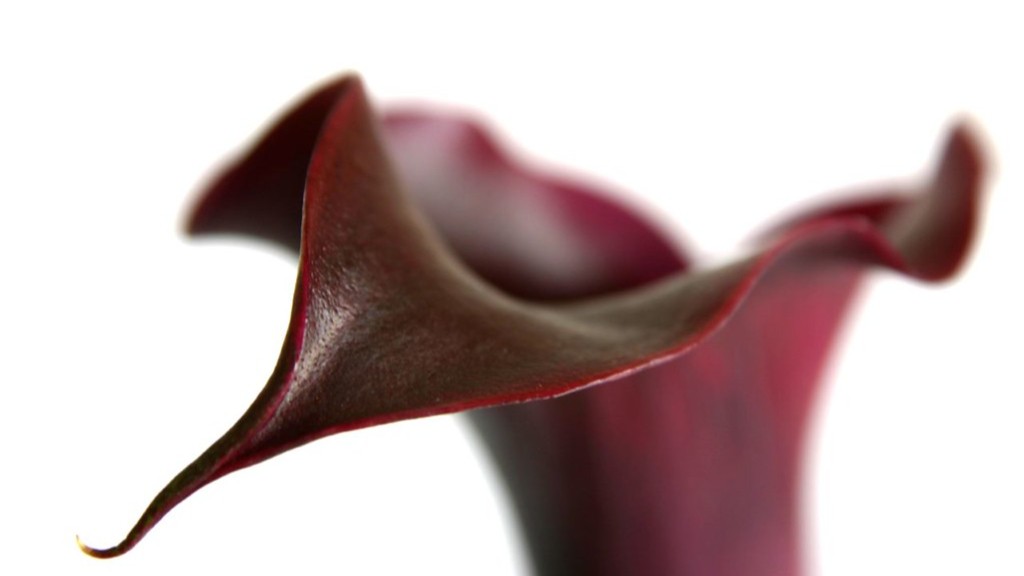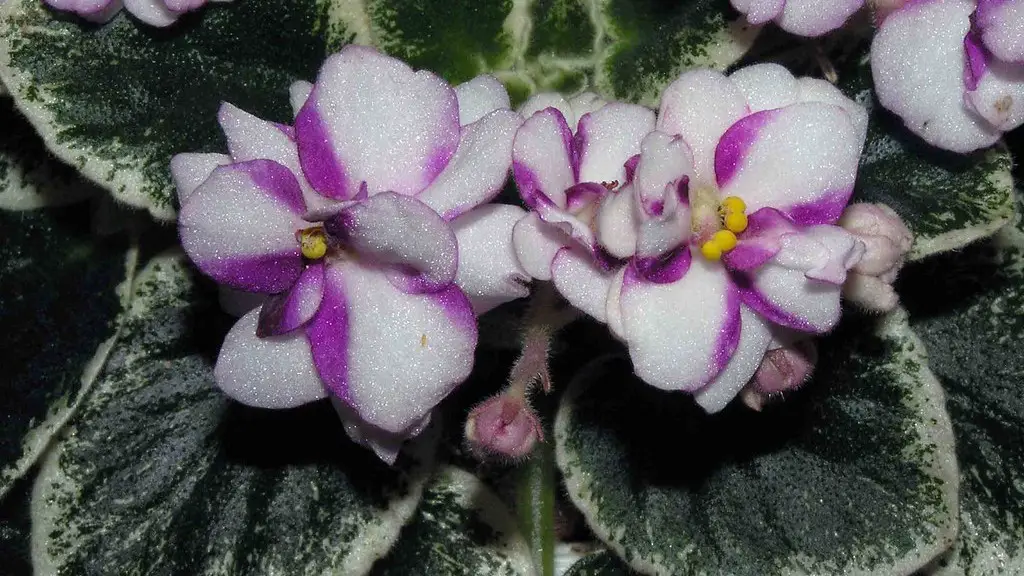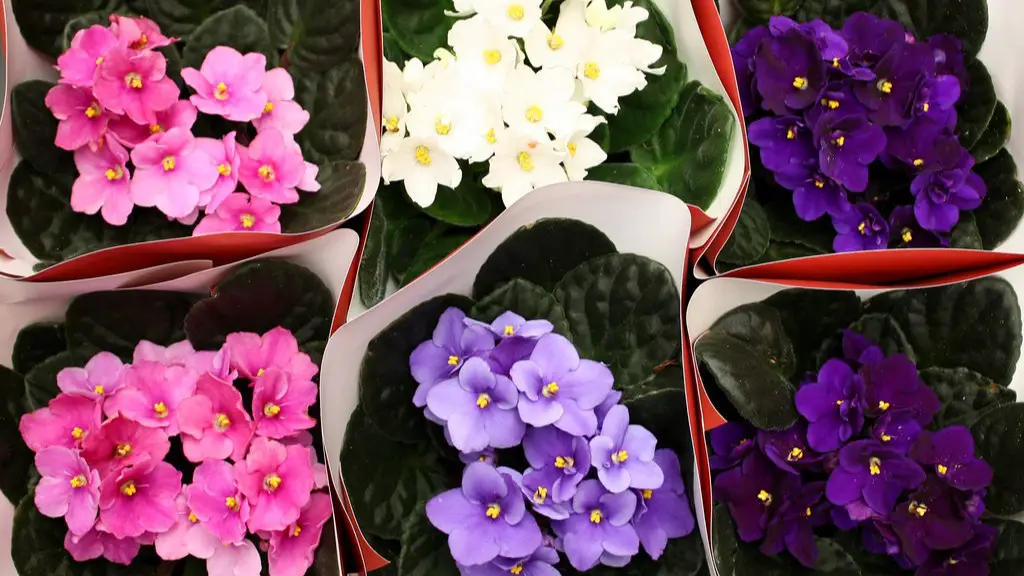Phalaenopsis orchids are a species of orchid that originates from Southeast Asia. They are known for their large, beautiful flowers that come in a variety of colors. These flowers can be found naturally growing on trees or rocks, but they are also commonly grown in pots. When growing Phalaenopsis orchids in pots, it is important to give them the right amount of light. Too much or too little light can both cause problems for the plant.
A Phalaenopsis orchid needs moderate light, with some direct sunlight every day. The ideal light level is between 1,000 and 2,000 lux.
How do I know if my orchid is getting enough light?
Orchid leaves are a good indicator of the amount of light the plant is getting. Bright green leaves indicate a happy, healthy plant that is getting the right amount of light. Dark green leaves signal that a plant is not getting enough light. Yellowish-green or red leaves indicate that a plant is getting too much light.
Phalaenopsis orchids are very sensitive to light and require bright, but indirect light to thrive. placing them in direct sunlight can cause damage to their leaves and lead to premature bloom drop.
What is the best light for phalaenopsis orchids
Indirect light is best for Phalaenopsis orchids, although they can tolerate some direct light. They do well under normal room temperatures, and during the short days in winter, they can be moved to direct light or placed in a south-facing window. Orchids can be placed in an interior room or on an office desk if placed under a grow light.
In general, orchids are plants that need a lot of light and should get 12 to 14 hours of light every day throughout the year. Natural light always comes with heat, but in tropical areas, the duration and intensity of natural light does not change as frequently as it does in temperate climates.
What triggers an orchid to bloom?
While light is not the only trigger for blooming in orchids, it is an important factor. Without adequate light, none of the other triggers will be successful.
To ensure your Phalaenopsis orchids thrive, water them every 7 days if they are in bark and every 12 to 14 days if they are planted in moss. To help the roots dry out a bit slower, top dress the orchids with moss, bark, pebbles or glass chips.
How do you keep Phalaenopsis orchids alive indoors?
If you want to keep your orchid alive and healthy, follow these five tips:
1. Make sure it gets bright, indirect light. An east-facing window is ideal.
2. Keep the temperature consistent, neither too hot nor too cold. Phalaelnopsis orchids are happy in the same temps we are: above 60º at night and between 70º and 80º during the day.
3. Cut off spent blooms.
4. Remember to water and fertilize regularly.
5. Repot your orchid every few years.
Phalaenopsis orchids are one of the easiest orchids to care for, which makes them a popular choice for beginner gardeners. They are native to tropical regions and thrive in warm, humid environments. Unlike other orchids, phalaenopsis do not require direct sunlight and can even grow in low-light conditions. They should be watered every 7-10 days and fertilized monthly. To raise the humidity around your phalaenopsis, you can mist it daily or place it on a pebble tray filled with water. Faded flower stalks can be trimmed away to encourage new growth.
How do you force Phalaenopsis to bloom
One trick to getting an orchid to bloom again is to move it to a cooler area where it will experience lower nighttime temperatures, between 55° F and 65° F. By moving the plant to a cooler area, you can help it to realize it’s fall and start to rebloom.
Orchids like a good soak, but don’t tolerate sitting in water. Soak for about 10 minutes to saturate, then allow the water to drain out completely. Uneven watering will result in shallow or uneven root growth. After you have watered your orchid, feel the weight of the container; it will be heavy.
Do Phalaenopsis orchids like to dry out?
Phalaenopsis orchids like to dry out in between watering, but they dislike getting bone dry. Water your plant thoroughly in the sink, getting both sides of the leaves wet. Don’t worry about splashing the flowers; it won’t hurt them. You can even let your plant soak for 5 to 10 minutes.
There are many different species of Phalaenopsis, and they come in a wide range of colors and patterns. Phalaenopsis are native to tropical and subtropical regions of Asia, and can be found in rainforests, swamps, and on mountain slopes.
How often should you soak an orchid
To water your orchid, soak the plant in a bowl of water once every week or two. Allow the moss to dry out completely between waterings. Be sure not to keep the orchid too moist, as this can cause the plant to rot.
Orchids are a popular choice for indoor plants, and for good reason. They’re beautiful, they come in a wide variety of colors and they’re relatively easy to care for. But one of the things that can be difficult about growing orchids is finding the right location for them. Since they’re tropical plants, they need a warm, humid environment, and bright indirect light.
Bathrooms are actually the perfect place for orchids, since they’re already warm and humid thanks to steamy showers, and most bathroom windows don’t let in much direct sunlight. So if you’re looking for a new home for your orchid, the bathroom may be the perfect place.
What is the best indoor lighting for orchids?
Orchids typically require bright, indirect light to thrive. Fluorescent tube lights are a common type of light used to provide supplemental lighting for orchids in less-than-sunny locations. These lights are available in various lengths and wattages, but 48-inch and 96-inch long tubes, 40 and 74 watts respectively, are among the most popular options.
Misting orchids with a spray bottle is a great way to recreate their humid home and keep them healthy. Be sure to mist them regularly, especially during the dry winter months.
Do orchids rebloom on old stems
Only the moth orchid, Phalaenopsis, will re-bloom from its old spike. Phalaenopsis will generally re-bloom given a little extra care, such as providing sufficient light and water. If your orchid doesn’t re-bloom, check to see if it’s getting enough light; if it’s not, try moving it to a brighter spot.
Orchids require a lot of light in order to produce flowers. If the leaves are pale, it means that the plant is not getting enough light.
Conclusion
According to the Royal Horticultural Society, phalaenopsis orchids prefer bright, indirect light. They should be kept out of direct sunlight, which can cause the leaves to scorch.
The Phalaenopsis orchid is a tropical plant that does best in bright, indirect sunlight. If you are growing your Orchid indoors, it is important to give it enough light. Place your orchid near a east or west facing window. If you do not have a bright window, you can supplement your Orchid’s light with a grow light.
